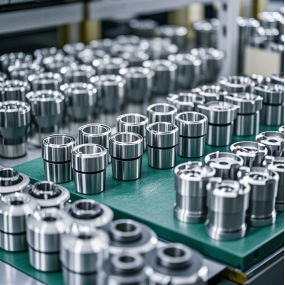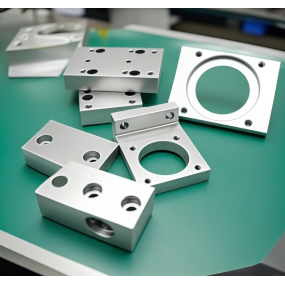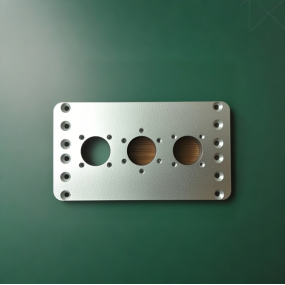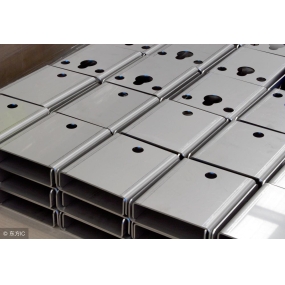Stamping parts have been widely used in the production process of many industries. Stamping parts processing includes punching, bending, drawing, forming, finishing and other processes. Stamping parts processing materials are mainly hot-rolled or cold-rolled (mainly cold-rolled) metal strip materials, such as carbon steel plates, alloy steel plates, spring steel plates, galvanized plates, tin-plated plates, stainless steel plates, copper and copper alloy plates, aluminum and aluminum alloy plates, etc. Next, let‘s learn about a process of stamping parts. What is the cold stamping process of stamping parts?
The cold stamping process of stamping parts requires the use of stamping oil, which plays a more important role in the cold stamping process. The stamping oil has good cooling and wear resistance, which prolongs the service life of the die for Metal Stamping. The stamping oil used in different materials of stamping parts is also different, so how to choose?
How to choose the stamping oil used in the cold stamping process of stamping parts:
(1) Since silicon steel sheet is a relatively easy material to press, in order to make the finished workpiece easy to clean, a low-viscosity stamping oil is selected on the premise of preventing stamping burrs.
(2) When stamping carbon steel sheets, first pay attention to the viscosity of the drawing oil, and determine the best viscosity according to the process difficulty and degreasing conditions.
(3) When using stamping oil for galvanized steel sheet, due to the chemical reaction with chlorine additives, attention should be paid to the possibility of white rust in chlorine stamping oil, and the use of sulfur stamping oil can avoid rust, but it should be degreased as soon as possible after stamping.
(4) Stainless steel is a material prone to pressure hardening, so a tensile oil with high oil film strength and good sintering resistance is required. Stamping oils containing sulfur and chlorine compound additives are usually used to ensure extreme pressure performance while avoiding burrs and cracks in the workpiece.
From the above, it can be seen that the types of stamping oil used for stamping parts of different materials are also different. Choose the appropriate stamping oil according to the material of the stamping parts to give full play to its role. If the choice is not appropriate, it may also cause damage to the stamping parts.


 Spanish
Spanish Arabic
Arabic French
French Portuguese
Portuguese Belarusian
Belarusian Japanese
Japanese Russian
Russian Malay
Malay Icelandic
Icelandic Bulgarian
Bulgarian Azerbaijani
Azerbaijani Estonian
Estonian Irish
Irish Polish
Polish Persian
Persian Boolean
Boolean Danish
Danish German
German Filipino
Filipino Finnish
Finnish Korean
Korean Dutch
Dutch Galician
Galician Catalan
Catalan Czech
Czech Croatian
Croatian Latin
Latin Latvian
Latvian Romanian
Romanian Maltese
Maltese Macedonian
Macedonian Norwegian
Norwegian Swedish
Swedish Serbian
Serbian Slovak
Slovak Slovenian
Slovenian Swahili
Swahili Thai
Thai Turkish
Turkish Welsh
Welsh Urdu
Urdu Ukrainian
Ukrainian Greek
Greek Hungarian
Hungarian Italian
Italian Yiddish
Yiddish Indonesian
Indonesian Vietnamese
Vietnamese Haitian Creole
Haitian Creole Spanish Basque
Spanish Basque











